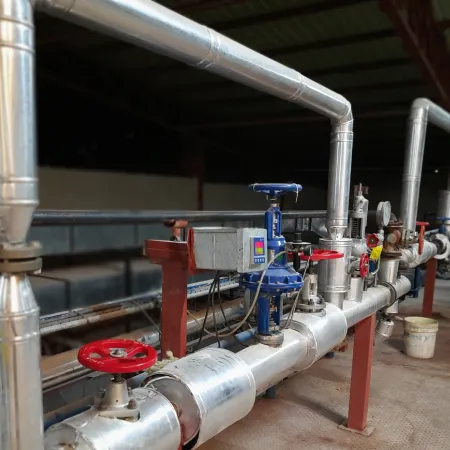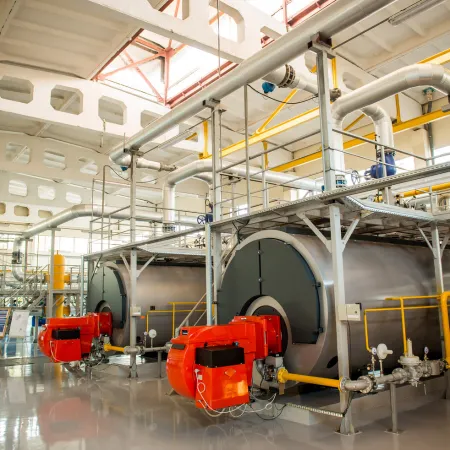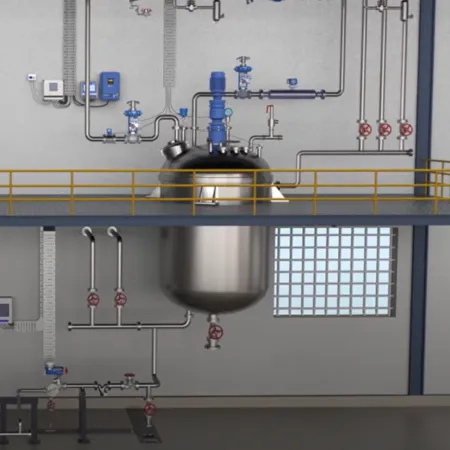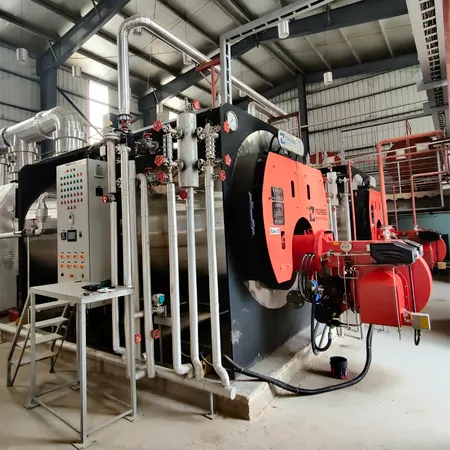Best Practices to Keep Your Steam Pressure and Temperature Control Systems Up and Running
Reliable steam is the lifeblood of many industrial processes. At the heart of a stable system are the Pressure Reducing Stations (PRSs) and Temperature Control Systems (TCSs), which ensure steam is delivered at the precise pressure and temperature required for optimal utility and process heat applications.
Pressure control valves are vital for reducing main steam pressure at the point of use to suit process heat applications. Implementing a robust set of best practices across the entire lifecycle—from design to maintenance—is crucial to maximizing efficiency, extending equipment life, and minimizing costly downtime.
Based on industry-leading insights, here are the five pillars of excellence for managing your steam Pressure and Temperature control systems.
Proper Sizing of Valves and Stations
- Prevent Oversizing: Aim to prevent a loss of precision from oversizing, which drops pressure below the line when required. Proper sizing will ensure the valve operates on its linear portion of the travel curve.
- Optimal Operating Range: Ensure the valve’s operating range is situated between 15-65% of the full valve travel for the majority of the plant’s load range.
- Valve Selection: Choose either separate pressure or temperature control, or a combined system, based on the specific plant requirements, balancing factors like control, temperature gradient, and maximum reliability.
Proper Installation of Components and Accessories
A flawless installation is non-negotiable for system longevity and performance. Getting the physical setup right prevents most premature failures.
- Ensure Steam Quality: Guarantee that steam coming into the unit is dry and clean by installing a suitable separator and strainer immediately upstream of the control valve.
- Vertical Installation and Drainage: Install control valves vertically whenever possible. Maintain at least 1.2 m (4 ft) of straight line pipe downstream from the PRV to ensure proper drainage of condensate.
- Protection from Elements: Insulate components, especially steam traps and strainers, using removable jackets instead of fixed insulation so they do not trap moisture or impede access, particularly for outdoor systems.
- Instrumentation Air: Ensure the quality of the instrument air for positioners and control valves is maintained by including an air filter/regulator.
Supervised Operations and Monitoring
Even the best-installed system needs regular, supervised attention to maintain peak performance and preemptively identify issues.
- Optimal Operating Range: Keep the system operating range between 40-65% of the maximum boiler pressure for maximum life and optimal response.
- Monitor Water Quality: Regularly monitor and correct boiler water quality to prevent corrosion and carryover, which can damage control components.
- Regular Checks: Check the view glass on pressure vessels and steam traps frequently. Repair or replace any faulty or leaking units promptly.
- Calibration: Check calibration twice yearly, or immediately after any maintenance work or if compressed air quality issues are found.
Preventive Maintenance Measures
A robust, proactive maintenance schedule dramatically reduces the likelihood of costly and disruptive failures. Maintenance should be systematic and based on manufacturer specifications.
- Inspection and Cleaning: Regularly inspect and clean all system components following the manufacturer’s recommended schedules.
- Trap and Strainer Service: Keep steam traps and strainers clean and in perfect working order. Periodically lubricate all valves.
- Corrosion Control: Implement a robust boiler corrosion and water quality control program to combat sediment, acidity, and oxygen corrosion, which can damage piping and control components.
- Team Training: All maintenance personnel must be well-trained and proactive, taking ownership of their maintenance tasks to keep their skills sharp.
Quick Response
When a system fault does occur, being prepared for a quick fix is essential to minimize process disruption and loss of production.
- Service Hookups: Install hookups that permit online maintenance, such as bypass and isolation valves, to allow servicing without shutting down the entire main line.
- Easy Access: Ensure components like steam traps and strainers are insulated with removable jackets so they don’t impede service access. Allow ample room for maintenance.
- Spare Parts Management: Keep a supply of precision-engineered spare parts and replacements of critical items on hand to enable immediate repairs.
By adhering to these five comprehensive best practices—from proper sizing and installation to rigorous maintenance and rapid response—you ensure your pressure and temperature control systems operate efficiently, reliably, and safely for years to come.







